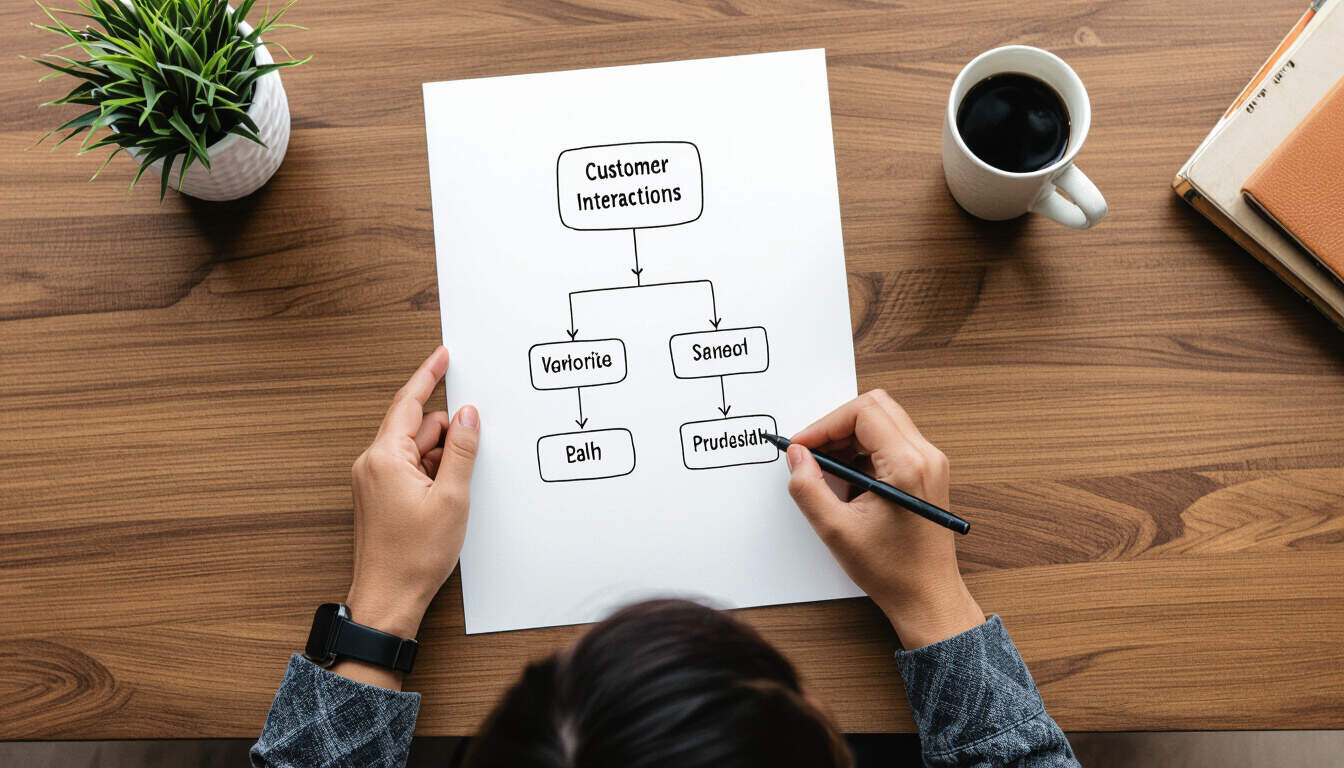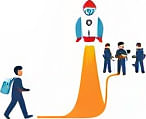From Freelance Work to Startup Success: Mastering Customer Journey Mapping
 by Lilian Nienow
by Lilian Nienow
Discover how customer journey mapping can transform your freelance career into a thriving startup. This guide offers practical steps and motivation for freelancers aiming for business independence, emphasizing key strategies to enhance customer experiences and drive growth.

Many freelancers dream of turning their independent projects into a full-fledged startup. This transition requires strategic planning and tools that focus on customer needs. One essential approach is customer journey mapping, which helps visualize and improve interactions with clients.
Customer journey mapping involves outlining the steps a customer takes when engaging with your business. For freelancers moving to a startup, this method provides a clear view of client experiences from initial contact to long-term loyalty. By using this technique, you can identify pain points and opportunities for enhancement.
In the early stages of launching a startup, understanding client interactions becomes vital. Customer journey mapping allows you to create a roadmap that aligns your services with what clients truly need. This process starts with gathering data on how clients discover your offerings, make decisions, and continue engaging.
For those coming from freelancing, the shift often means scaling operations. Implementing customer journey mapping can reveal gaps in your current workflow. For example, if clients frequently drop off during the onboarding phase, addressing this issue can lead to better retention rates.
Let’s break down the basic steps for creating a customer journey map. First, define your target audience based on past freelance experiences. Next, map out key touchpoints such as initial inquiries, project delivery, and follow-up communications. Use simple tools like sketches or digital software to visualize these stages.
Once you have a map, analyze it for areas needing improvement. This might include streamlining communication or adding value at certain points. For freelancers, this tool is particularly useful because it builds on existing client relationships, turning them into a foundation for startup growth.
Why Focus on This for Your Startup
Adopting customer journey mapping early can set your startup apart. It encourages a customer-centric approach, which is crucial for building a sustainable business. As you move from individual gigs to a structured company, maintaining strong client connections becomes a priority.
Many successful startups attribute their growth to understanding client behaviors. By prioritizing customer journey mapping, you ensure that every aspect of your business supports client satisfaction. This not only boosts retention but also attracts new opportunities through positive word-of-mouth.
Practical examples show how this works. A freelance graphic designer might map a client's journey from project brief to final delivery. Identifying delays in revisions could lead to implementing faster feedback loops, enhancing overall efficiency.
Motivational Insights for Aspiring Entrepreneurs
The path from freelancing to startup ownership is challenging yet rewarding. Tools like customer journey mapping provide a sense of direction and accomplishment. They empower you to take control of your business narrative and foster independence.
Freelancers often have unique skills that can form the core of a startup. By applying customer journey mapping, you leverage these strengths to create scalable solutions. This shift can lead to financial stability and personal fulfillment, as you watch your ideas evolve into a thriving enterprise.
Remember, every successful entrepreneur started with small steps. Start by mapping one key client journey and build from there. The insights gained can inspire further innovations and help you navigate business decisions with confidence.
Integrating This into Your Daily Routine
To make customer journey mapping a habit, dedicate time each week to review and update your maps. Involve your team if you’ve begun building one, as diverse perspectives can uncover hidden insights. For solo freelancers, this practice reinforces a proactive mindset.
Over time, you’ll notice improvements in client satisfaction and business performance. This tool isn’t just about fixing problems; it’s about proactively shaping experiences that drive loyalty and growth.
As you progress, consider how customer journey mapping fits into broader business strategies. It can inform marketing efforts, product development, and even pricing decisions, ensuring everything aligns with client expectations.
In summary, transitioning from freelancing to a startup involves embracing tools that enhance client engagement. Customer journey mapping stands out as a practical and motivational resource, guiding you toward sustainable success. By focusing on this approach, you pave the way for a business that not only survives but thrives on strong client relationships.
